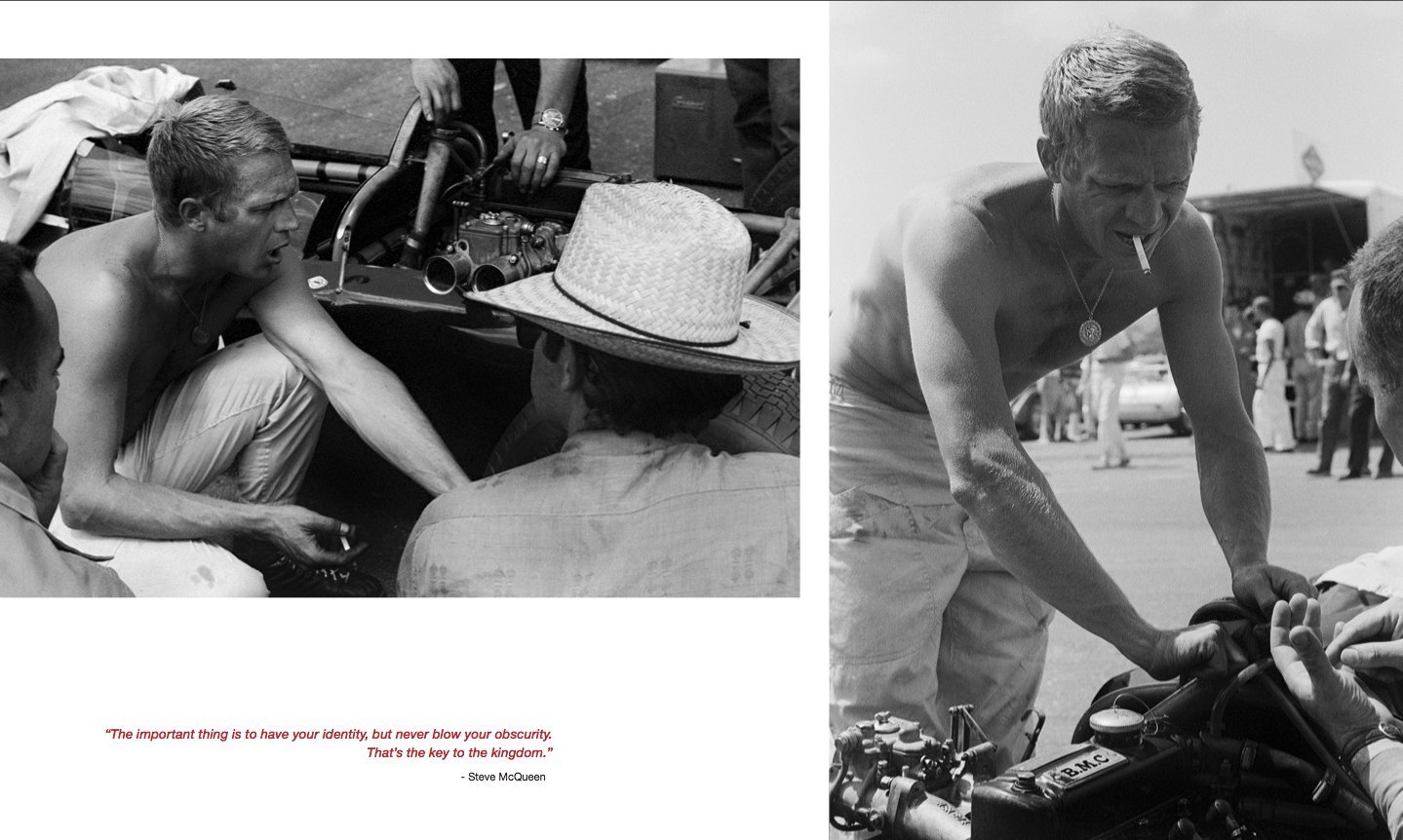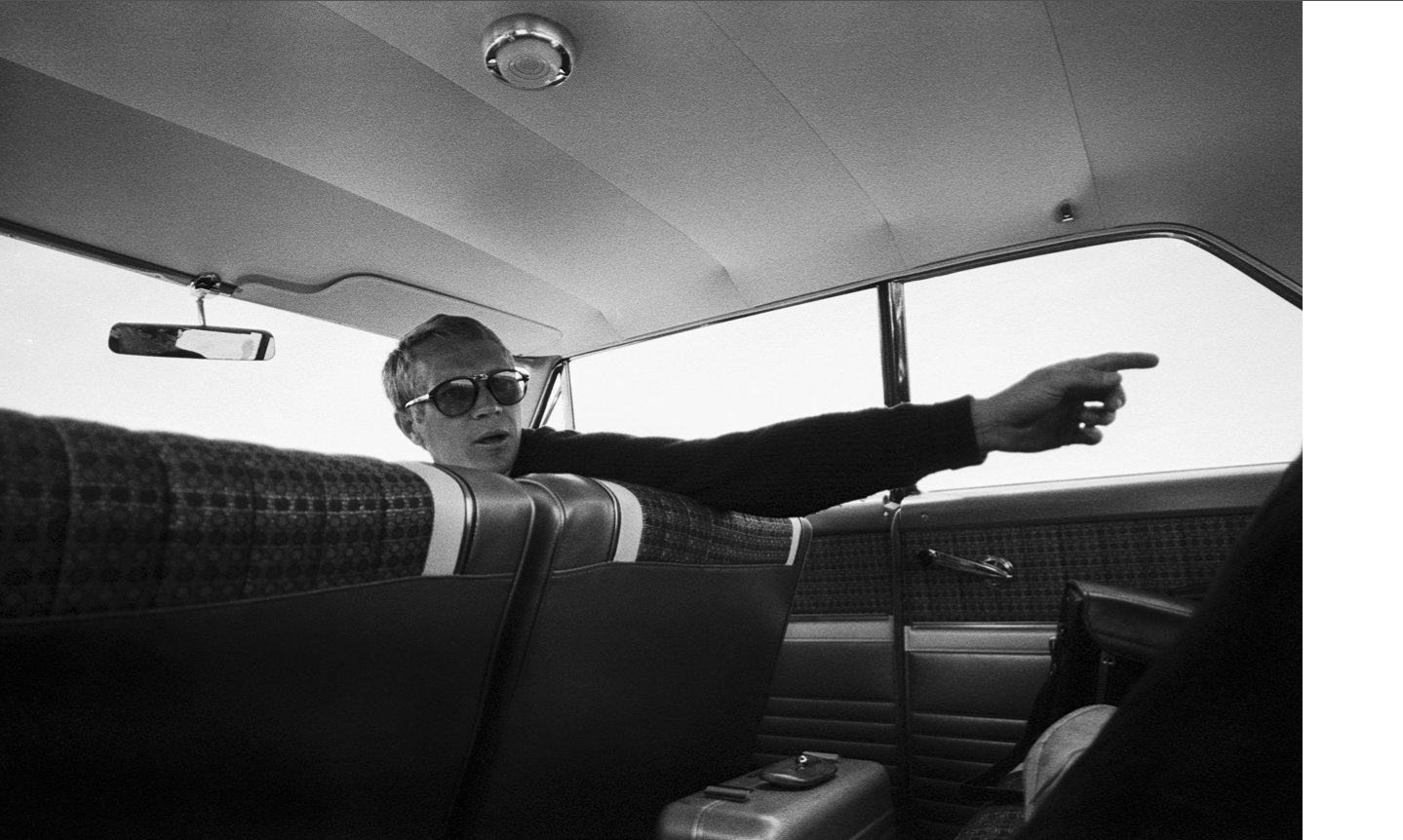"Images by Barry Feinstein It's not the first time that a collective has focussed on the totemic image of the king of cool, but this take on the image and aesthetic he inspired is looking to be one not to "

Unseen McQueen?
words: Neil Siner images: Barry Feinstein
In Barry Feinstein’s new book Unseen McQueen, showcased with such style until mid January at the Brewer Street Car Park in London’s Soho, we are both witnessing an escalation of the McQueen myth and glimpsing an insight into the tripartite conspiracy of idolatry.
Barry Feinstein didn’t just capture images; rather he crafted them, using the fleeting moments of the actor’s achingly conscious affectations to turn his subject into folk history. This was Feinstein’s most saleable skill. Little wonder he was always in demand to shoot album covers.
Coverage of the book and the exhibition has majored on its unseen and intimate nature. You’d be forgiven, therefore, for being burdened with the impression that these images are simply Feinstein’s private snaps of his mate. Maybe, but whatever else they are, these are fundamentally composed and considered framings that were fully intended to perpetuate ‘myth McQueen’.

All this throws up a number of questions:
In our celebrity culture what exactly elevates a star into a legend like a Dylan, a Burton or indeed McQueen? What makes an image so powerful that it can still sell bikes, watches and expensive prints decades after they were made and 30 years after the subject’s death? Should we be ashamed and embarrassed of this necromancy?

The problem is that the building of a myth like McQueen’s is a three sided conspiracy. There is the hero who must have an innate quality that makes them shine – think Dylan’s lyrics, Burton’s voice, his screen presence perhaps or McQueen’s apparently effortless and difficult-to-define ‘cool’. There is also the artist or chronicler who creates the images and critiques the elements of the subject’s essence. The final conspirator, of course, is us – the audience, the consumer of these images.
When this three-sided tango becomes bigger and more powerful than the sum of its parts, the subject becomes a ‘legend’ or that most overused media cliché – an ICON.
Ultimately, then, we’re all to blame. To be embarrassed by this dirty secret is to be ashamed of the human race. This process is that by which humans build culture. We are doomed endlessly to repeat the ever same. The hero is born, he dies, he is made again.
We’ve always, in short, been suckers for stardust.
CLICK TO ENLARGE















